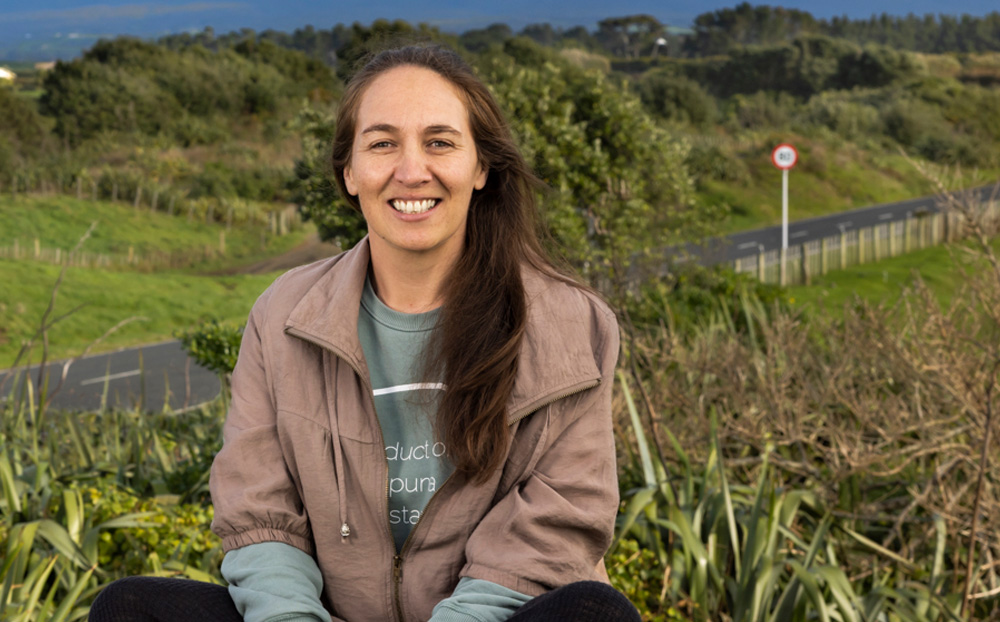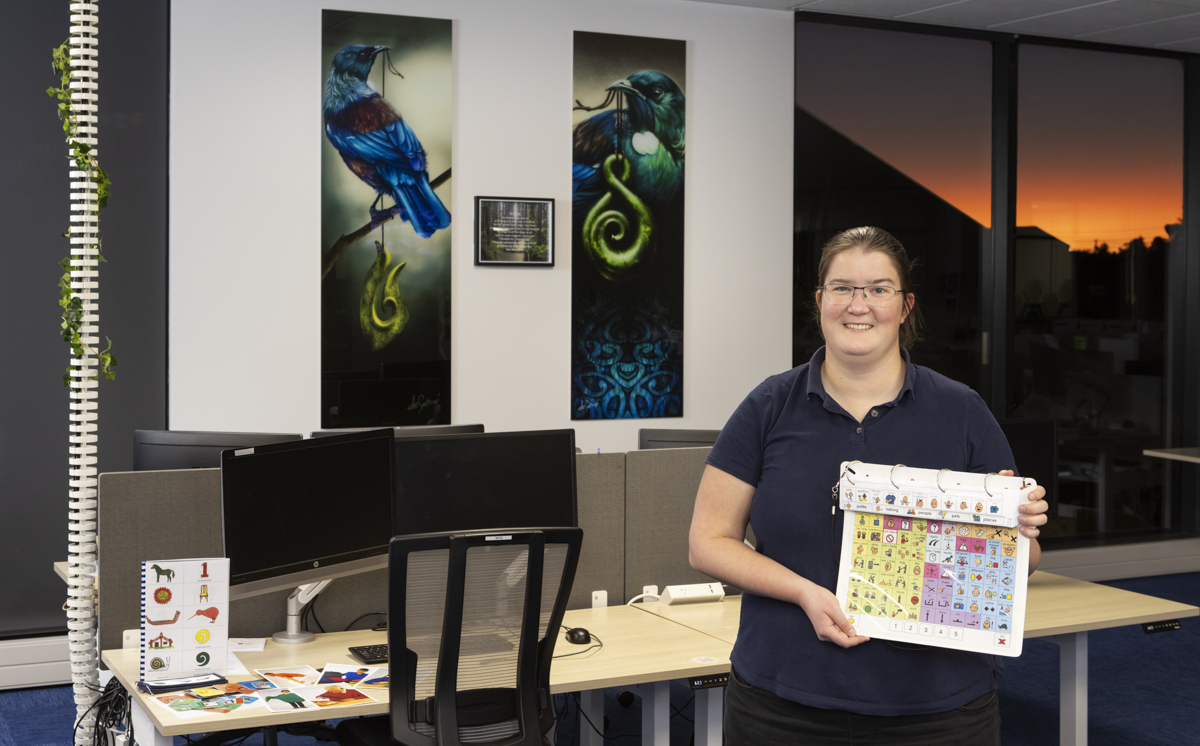Dean, Secondary School – Kaiako Kura Tuarua

Ko te piko o te māhuri, tērā te tupu o te rākau. The way the sapling is shaped determines how the tree grows.
“…the cure to this crisis is good people taking up the mantle and leading our schools and our young people into a better future. How else do things change but by the labour of those willing and prepared to change them?”
– Airana Ngarewa, Y9 School Dean
About this career
Secondary School Teachers plan, prepare and teach students from Y9-13, ages 13-18 in secondary schools.
A Dean is a special role held by an experienced teacher. Deans complete many vital roles in kura.
Along with providing pastoral care they manage enrolments, absences, wellbeing and the learning of students.
They are typically the first point of contact for parents with worries or concerns about their child.
Personal qualities you need
- Great communication skills and ability to communicate with and understand rangatahi and whānau from diverse backgrounds
- Leadership, time management and team skills
- Ability to work under well pressure
- Creative thinking and problems solving
- Passion, enthusiasm and patience for working with young people
Career Pathway
Find out more about training in a career as a Secondary School Teacher here:
https://www.teachnz.govt.nz/studying-to-be-a-teacher/getting-qualified/
https://teachfirstnz.org/get-involved/our-flagship-programme
Our Whānau Career Story
Airana Ngarewa (Ngāti Ruanui, Ngā Rauru, Ngāruahine), Y9 Dean
Where do I work and what do I do?
Ko au tētehi poutiaki ki te kura tuarua o Ngāmotu. I am the Year 9 dean at Spotswood College.
What was my career pathway to get here? (and what led me to this?)
My mum tells me I was almost expelled from every school I went to. I was never really a bad kid, just haututū – with a special talent for getting under the skin of my teachers. Fortunately, between my whānau going for bat for me and the support I had from other staff in school, I made it all the way through and went off to university.
Soon enough I came to realize just how many young people were going through what I went through – how many young people were having a hard go at school.
DID YOU KNOW: Aotearoa ranks 33rd out of 38 countries in the OECD for levels of educational equality and is four times more likely to fail students from low-income communities.
I came to realize that the system was failing and things needed to change and the best way to change them was to get my feet on the ground. From there, I enrolled with Ako Mātātupu Teachfirst Aotearoa and I’ve been working to make change ever since.
“My why” for doing this job and making a difference for Māori
Schools in Aotearoa have a long and colourful history. They were imported here from Britain and were modelled after their grammar schools, designed intentionally to exclude the poor with fees close to the average annual wage of many blue-collar workers. And then there were the native schools, which were a different kettle of fish again. The native school would prove to be one of the most significant drivers of the assimilation of Māori – every whānau I know has a story of how one of their ancestors had their reo literally beaten out of them.
Though much has changed over time, the legacy of our schools is evident from the architecture of the buildings, the inequities of achievement (and discipline) and the vast number of what Ranginui Walker described as the opted-out, dropped out and kicked out.
The truth is our schools are in crisis – and things are not on track to get better. What is evident though is that the cure to this crisis is good people taking up the mantle and leading our schools and our young people into a better future. How else do things change but by the labour of those willing and prepared to change them?
Ko te piko o te māhuri, tērā te tupu o te rākau. The way the sapling is shaped determines how the tree grows.



